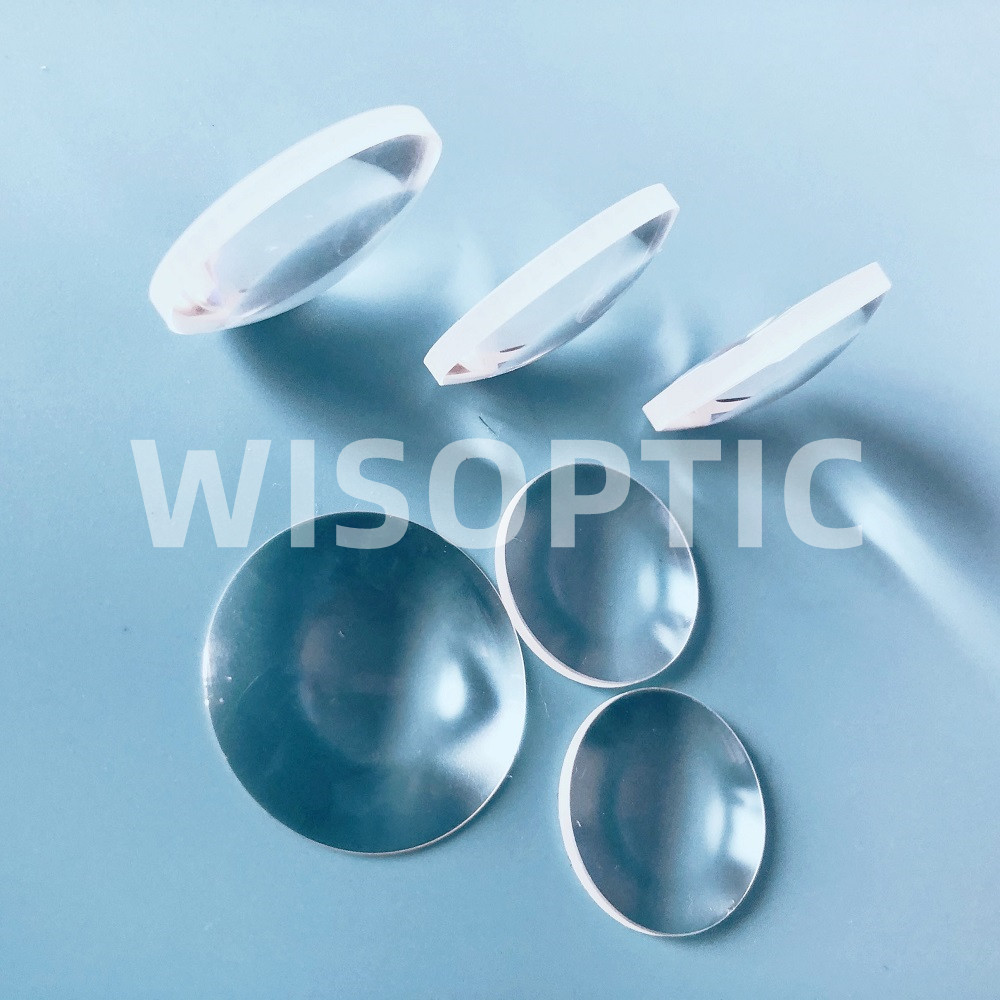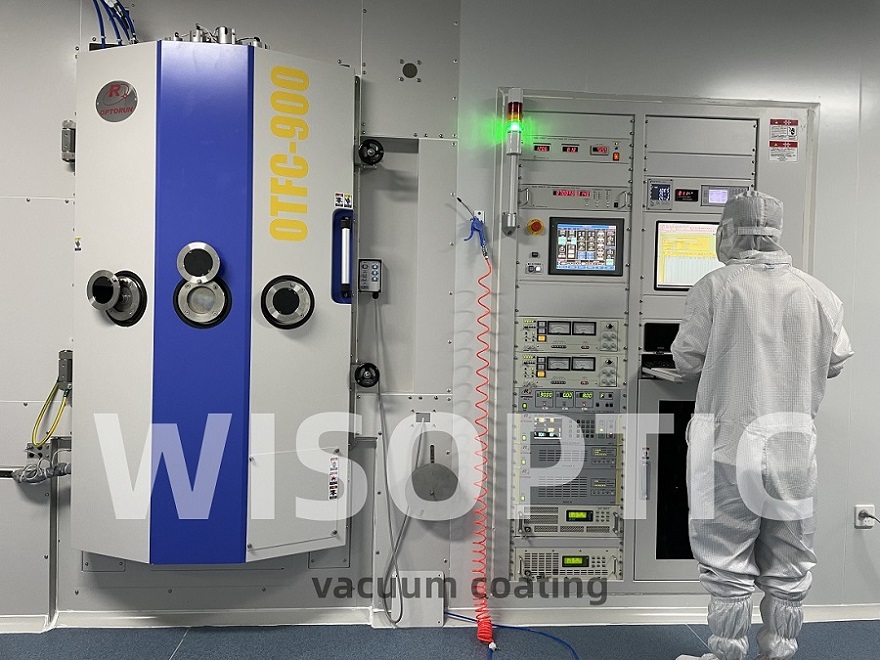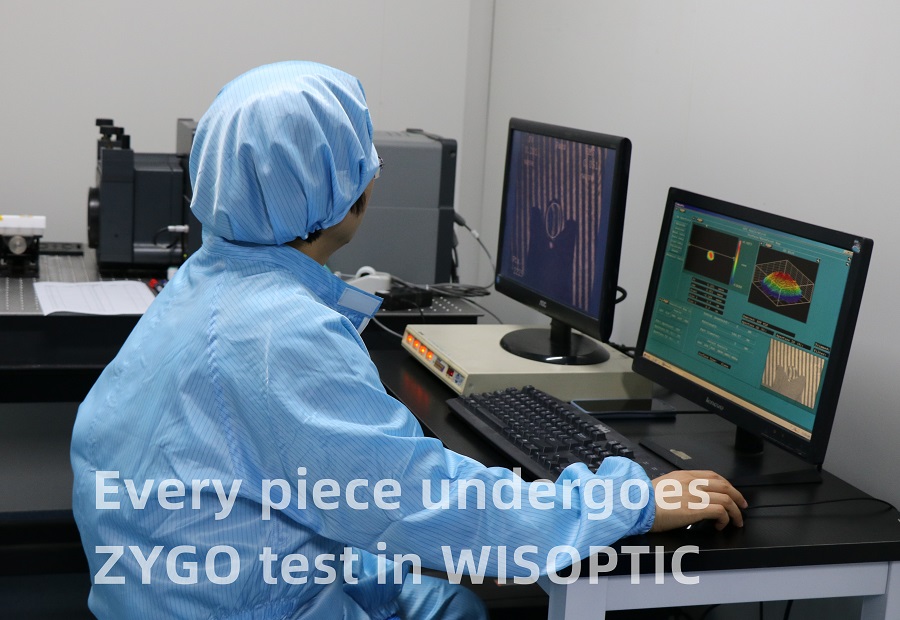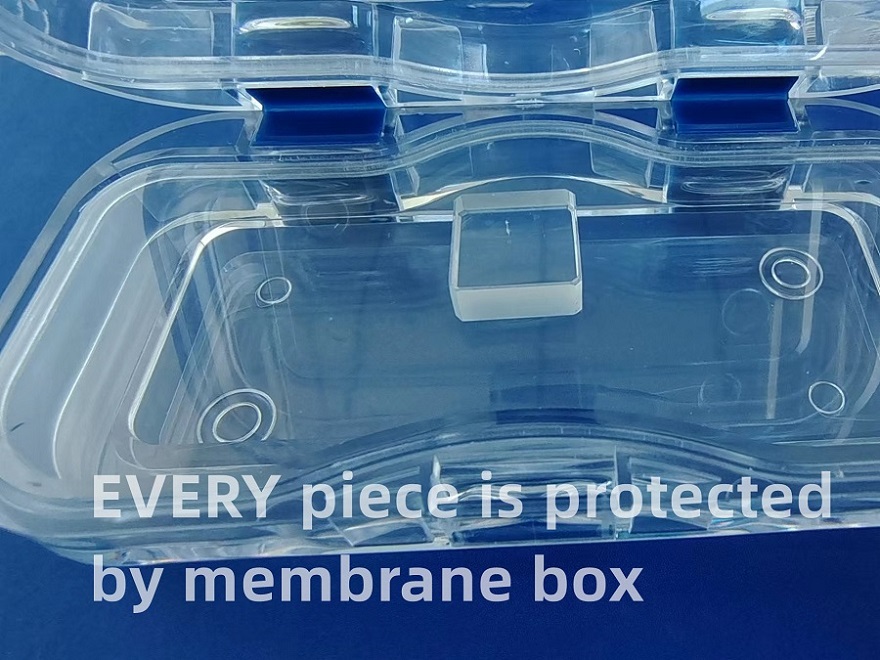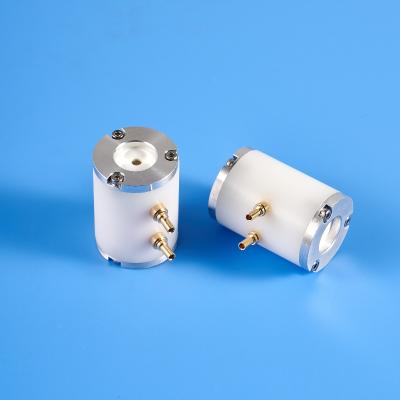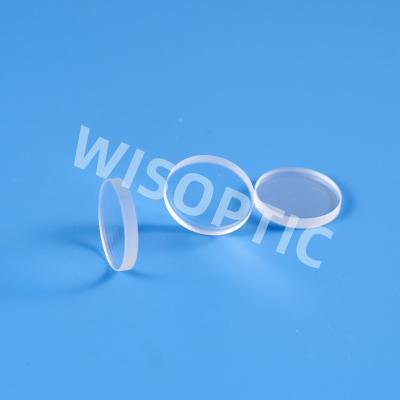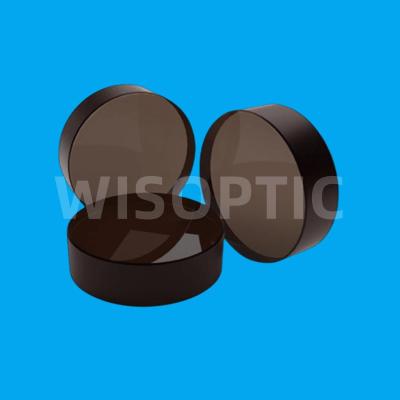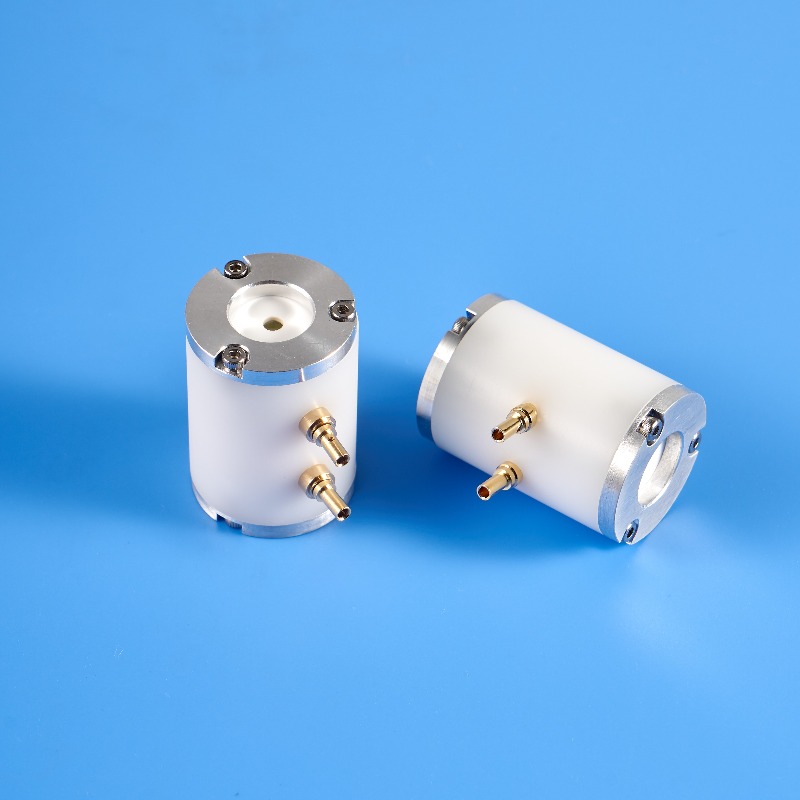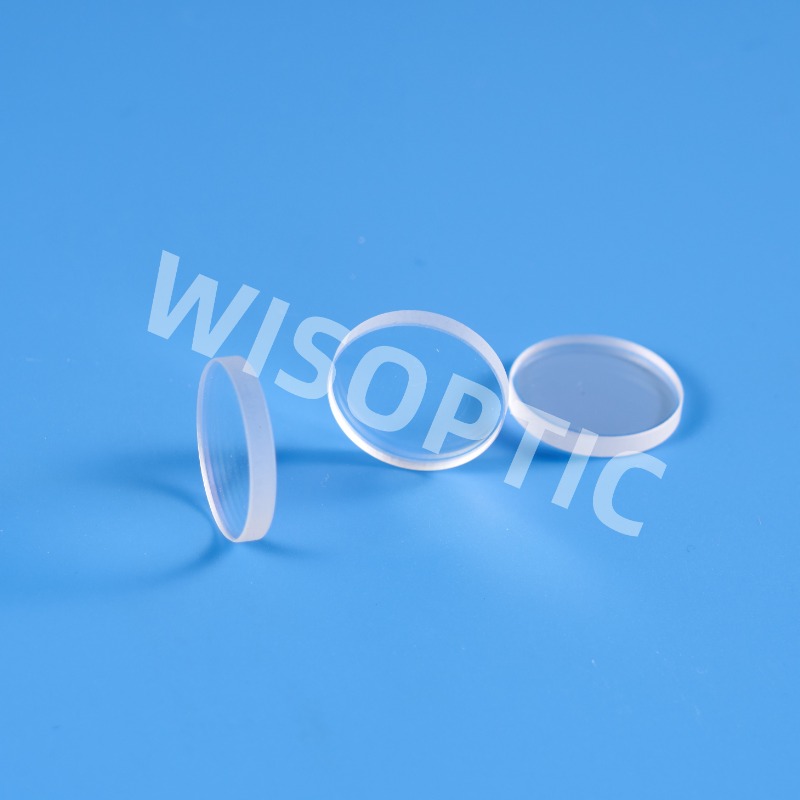Aspheric Lenses
Precision Polished Aspheric Lenses
Precision polished aspheric lenses are ideal for the most demanding applications. Designed to offer high numerical apertures, while creating diffraction-limited spot sizes.
Available in UV, visible, and IR grade materials
Variety of standard coating options available
Full prescription data for easy integration into OEM applications
Precision Molded Aspheric Lenses
Precision molded aspheric lenses are ideal for volume applications, including laser diode collimation, bar code scanners, and optical data storage.
Micro-sized aspheres (2-10mm diameters)
Variety of standard coating options available
Available in glass and plastic substrates
Color-Corrected Aspheric Lenses
We offer several unique families of aspheric lenses, designed to provide both spherical and chromatic aberration correction. These families are ideal for applications requiring near-diffraction limited focusing performance over a range of wavelengths.
Aspherized achromats combine glass achromat with plastic asphere
Hybrid aspheres combine refractive and diffractive properties
Infrared Aspheric Lenses
From small molded aspheres for use with MWIR quantum cascade lasers, to families of germanium and zinc selenide aspheres, we offer solutions for the entire infrared spectrum.
Available in diameters from 5.5 - 50.8mm
Hybrid designs available for improved broadband performance
Variety of coating options available
The most notable benefit of aspheric lenses is their ability to correct for spherical aberration, an optical effect which causes incident light rays to focus at different points when forming an image, creating a blur. Spherical aberration is commonly seen in spherical lenses, such as plano-convex or double-convex lens shapes, but aspheric lenses focus light to a small point, creating comparatively no blur and improving image quality. Spherical aberration is inherent in the basic shape of a spherical surface and is independent of alignment or manufacturing errors; in other words, a perfectly designed and manufactured spherical lens will still inherently exhibit spherical aberration. An aspheric lens can be designed to minimize aberration by adjusting the conic constant and aspheric coefficients of the curved surface of the lens. The figure below shows a spherical lens with significant spherical aberration compared to an aspheric lens with practically no spherical aberration.
The table below further illustrates the difference in focusing performance between an aspheric lens and a spherical lens, contrasting the performance of two comparable lenses with 25mm diameters and 25mm focal lengths (f/1 lenses). The table compares the spot size, or blur size, of collimated 587.6nm light rays on-axis (0° object angle) and off-axis (0.5° and 1.0° object angles). The spot sizes from the asphere are several orders of magnitude less than those of a spherical lens.
Object Angle (°) | 0.0 | 0.5 | 1.0 |
Spherical Spot Size (μm) | 710.01 | 710.96 | 713.84 |
Aspheric Spot Size (μm) | 1.43 | 3.91 | 8.11 |
WISOPTIC provides sorts of quadric aspheric lens and high order aspheric lens, as well as infrared aspheric lens (ZnS, ZnSe, Ge, etc. ).
WISOPTIC Capabilities - Aspheric Lens
Medium Precision | High Precision | |
Aperture | 5~200 mm | 20~1000 mm |
Surface Quality [S/D] | < 40/20 [S/D] | < 40/20 [S/D] |
Surface Irregularity | PV< 0.5~5 µm | RMS< λ/50 @ 632.8 nm |
Aspheric Surface Type | Quadric, High order | Quadric, High order |
Manufacture Capability | 300 pcs/month | 20 pcs/year |

